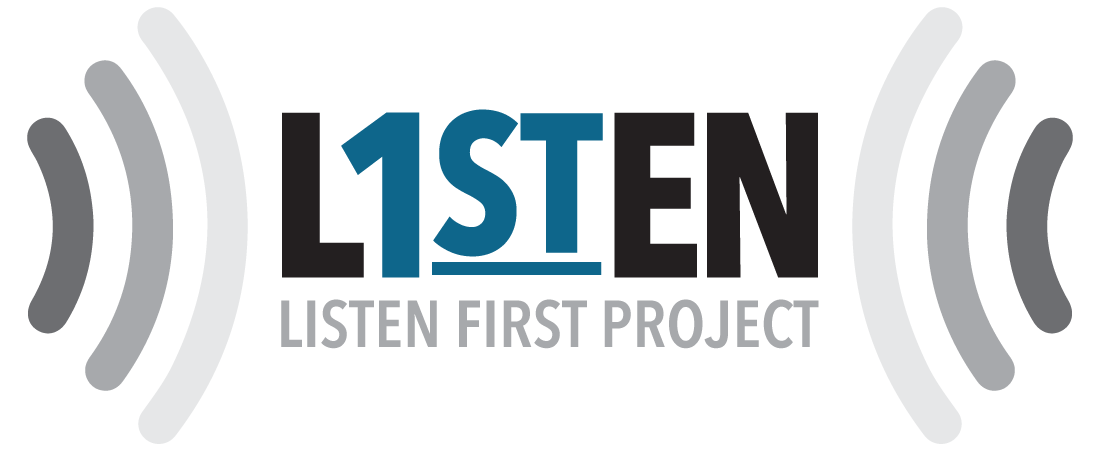As we near another divisive election in another year of division, we are seeing a pain even deeper than we have experienced before. A year of uncertainty, a year of sickness (in more ways than one), a year of fear, a year of sadness.It is simultaneously shocking and unsurprising.
Whether physical, emotional or mental, desperately or slightly, we are all suffering, all in need of healing. I’ve seen pundits write that while we may not all be in the same boat (and, in fact, many don’t even have an umbrella much less a lifejacket), we are all in the same collective storm. I see so many commenting that we cannot let the election divide us more - we cannot let this be reason to ignore the suffering, to not care. At the same time, it is also important to remember that many votes come from a place of suffering, a feeling of pain, a need for saving.
My reform Jewish upbringing came with many traditions. These included quite literally standing at times with strangers (neighbors) while they were grieving and echoing prayers of healing with them as they held sick loved ones close to their hearts. And as we stood in the synagogue our rabbis asked us to “say a prayer for those who have no one to say one for them.” Spending our energy, our time, to blindly send prayers into the world without discrimination for the stranger in desperate need. Similarly, “thoughts and prayers” have taken over the digital wires via social media this year. A story of pain, trauma and loss goes viral or we see a friend post heartbreaking news, and we are quick to let them know, in our still busy and filled days, we are spending precious moments to send what might exist of our own healing powers. My own family has been on the receiving end of these thoughts, prayers, and outreaches of love many times over the last decade, and I can personally say, though they seem like just words in a time when words can’t bring back a lost one or single-handedly turn back time, it is magical what power they can contain. The feeling of endless circles of arms around you, literal and figurative, brings a level of peace that is hard to describe. Yet outside of these moments, outside of a holy space, how often are we ourselves feeding the brokenness and sickness? How often are we refusing to provide that level of unrestricted compassion necessary to help heal?
We have an election in front of us that needs us. So of course I will make a call to let your voice be heard through voting [Vote! Vote! Vote!] and to do what you can in your community to ensure other voices are heard as well.
But I think it is also important we remember why we head to the polls; Why we all care about those in leadership positions who we may have limited if any contact with. Because we have concerns matched with hope, pain matched with a yearning for healing. I believe 2 things are critically important here…
To understand the American struggles, to understand the American pain, the truest source in the age of misinformation is the source itself: ourselves and our neighbors.
Our leaders are not the only ones with power to heal our pain, to lessen our struggle. We have a responsibility and a power here too.
This year needs us doing everything we can to help heal our communities. We may feel at times we are powerless in this -- the forces causing this pain seem overwhelming and unyielding, and we seem small in this ocean. But the healing moments at places of worship or online social forums and the times we ourselves are navigating the raging waters of trauma, saved by friends, family and even strangers, prove otherwise. We just need to be willing to see the pain in front of us.
As we near this critical election, a common question I hear is “But how could they vote for him?” Depending on the asker, this question could refer to either “him” on the ballot for the presidency this year. The interesting thing about this question is it seems to be rarely asked of the people who could actually answer it. Many would claim the answer doesn’t truly matter this year - that our lives are on the line, our future is on the line, the foundations of our country are on the line and the only thing that matters is that the person who can correct our course sits in the Oval Office come February. In slight irony, I would say that might actually be the common answer we would get on both sides if we actually were willing to have the conversation we are refusing to have at this moment.
It is time we asked. In a world where there is newfound weight of the simple greeting “How are you doing?," it is time we reached out with genuine curiosity. Not with the goal of changing people’s minds or votes but instead, even when that might not be possible, giving them a listening ear as they do the same for you; For us to better understand each other, to help hold each other during this time, to understand the pain that probably won't be fully healed in 4 years and will need our collective work in the long run. Because, once the dust has settled in the aftermath of the election, we are each other’s neighbors, fellow Americans all fighting for a better tomorrow and all in need of healing.
